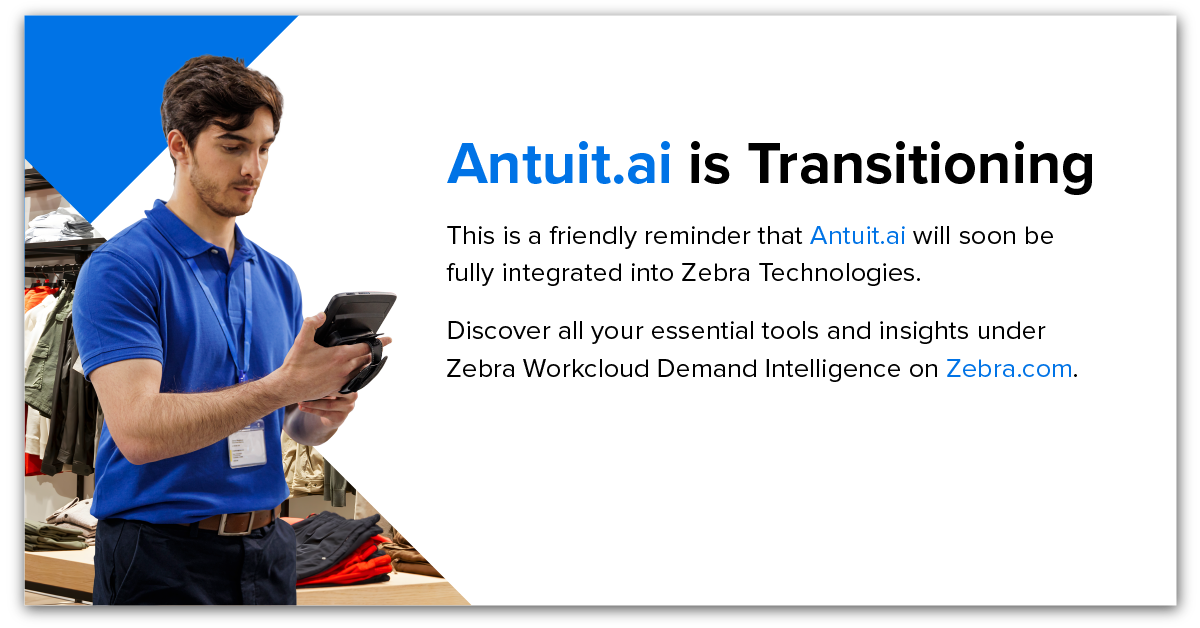As is all too common with big data, many enterprises are failing to realize opportunities because they’re hidden in their information chains. Understanding the nuances of leveraging big data is hugely important, as are the economic repercussions.
By now, it is a shared understanding that we are on the cusp of an industrial revolution led by AI, data and digitization. Industry 4.0 is a revolution that can pay off handsomely: A 2016 study by McKinsey revealed that the data-driven supply chain could gain up to 6 percent in additional revenue.
According to an IBM Global CMO Study, which surveyed more than 500 CMOs around the world, 94 percent believe advanced analytics will play a significant role in reaching corporate objectives. However, 82 percent say their organizations are underprepared to capitalize on the data revolution.
The Journey from Dashboards to Actionable Insights
According to research conducted by the Aberdeen Group, when business users can visualize information, they’re able to process it more effectively and make faster and better decisions. But what do you think of when someone says dashboards?
Customers today are largely unsatisfied with the personal engagement marketing they receive. Increasingly, they demand engagement at the right time, on the right device and with the right message. Artificial intelligence (AI) may sound futuristic, but this exciting evolution in the personalization we’ve pursued for decades enables modern brands to personalize the shopping experience – in real time – and deliver automated and relevant messages, recommendations and offers at scale, which drive business growth and build engagement.
current_page_num+2: 35 -

